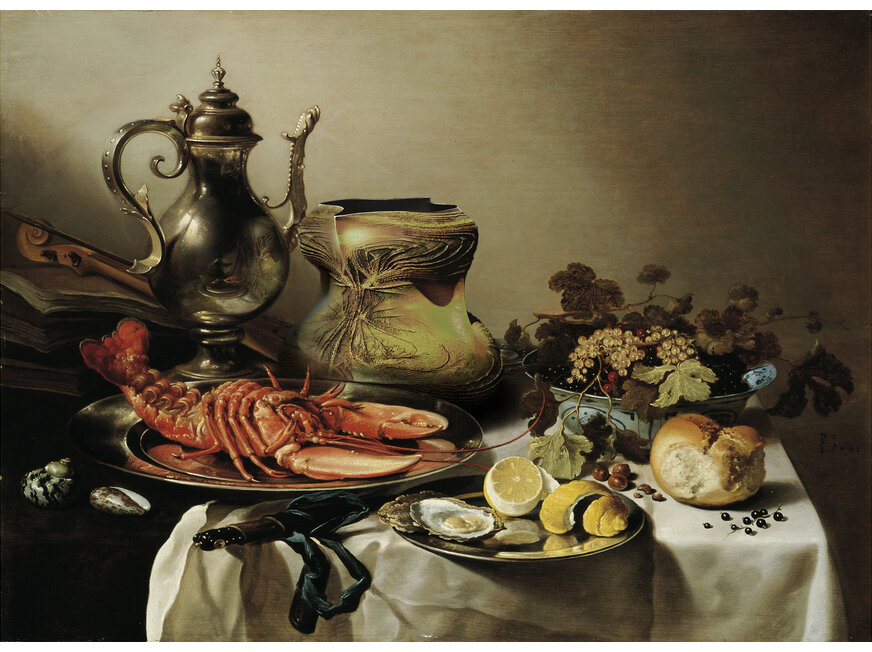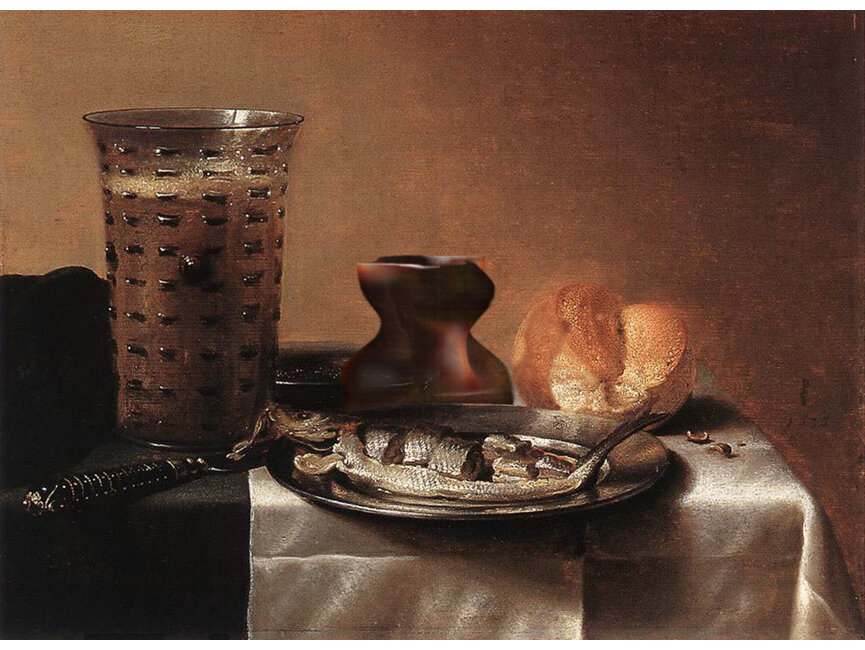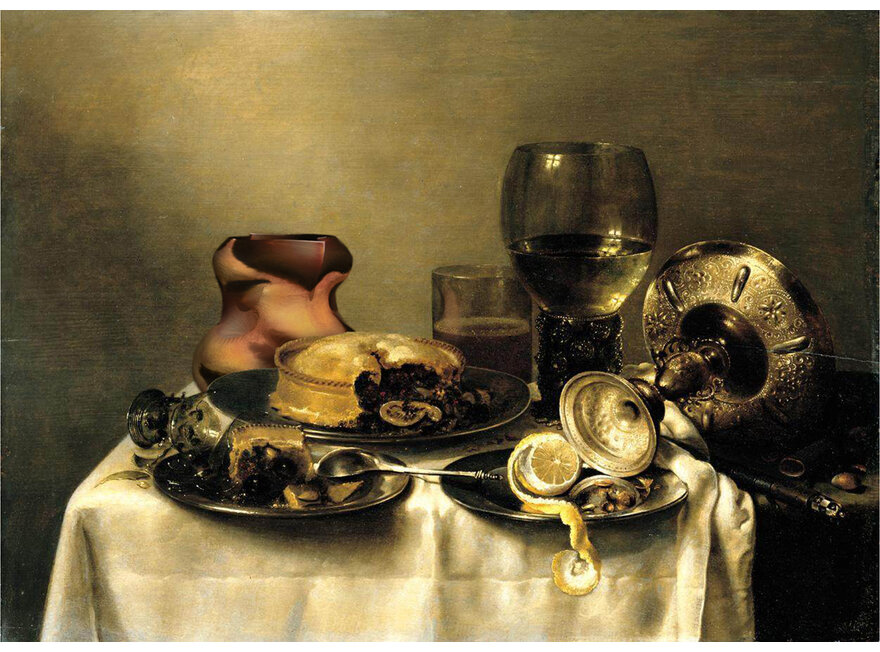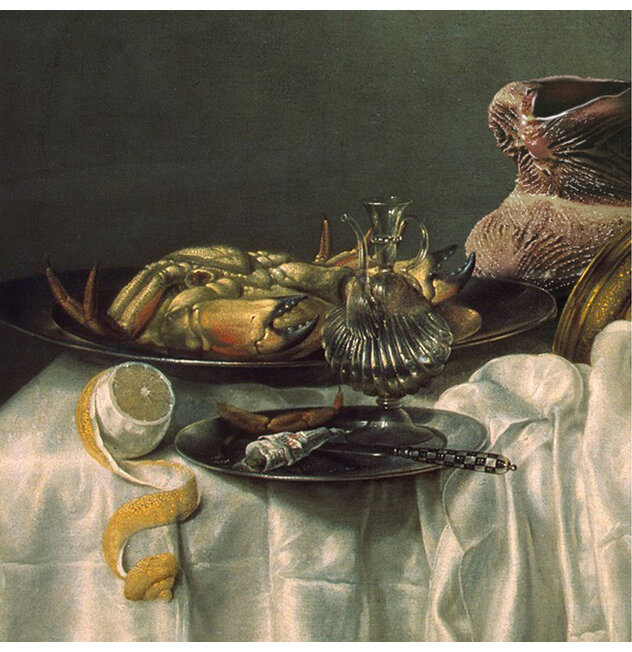Still Life Interventions
2014
Team: Emmanuel Osorno
Dead Life and the Aesthetics of the Background
Still life paintings have often been treated as genre painting but following Svetlana Alpers arguments in The Art of Describing (1983), these paintings can be understood as painterly descriptions that probe the relations between objects themselves; relations of color, texture, materiality, luminosity, and reflectivity and all the details of how the world appears to vision. Rarely are the objects in a still life left alone, they are broken, tipped, peeled, overturned, and cut to reveal the strangeness that exists in the everyday. It is into these backgrounds that we decided to develop a series of experiments focused on digital rendering, photomontage, and the aesthetics of realism.
Into these paintings, and Alper’s interpretation of this tradition, that we jacked a series of new objects as intrusions. They seek to blend in, but not to hide. They are adjusted through rendering and photo-compositing to address issues of color, light, texture, and reflection. They are reflected into objects in the scene as they also take on associations towards the context of the painting. When the experiment is successful, the new objects are accepted as part of the original scene, as if the painting took 350 years to complete. The strangest qualities emerge however, not when the new objects look weird, but when the observer’s attention towards the context is altered. That is when a digitally rendered intrusion can allow an observer to experience an existing background in new ways, a very architectural approach towards site and context.
The vessel-like objects were a project in themselves that explored ornament, decoration, and digital fabrication. The vessels cusp into sharp creases in two locations that gives the objects very different figural profiles as the vessel revolves. Where the symmetry of an applied drawing matches the cusp line of the object the motif focuses attention on the object’s form. When the articulation crosses over, the patterning appears more decorative and surface related. The fluctuation between these two aspects creates an instability in the relation between form and articulation to create a family of objects with different aesthetic qualities. The aesthetics play at the relations between the optical and the tactile where color, texture, detail all begin to allude to shifts in the character of each object. They are fabricated as full color digital prints, then treated with glazes. Each object has a different implied materiality than the actual powder that they are printed from, and these material associations give them the appearance of objects in reality, not models, studies, or prototypes, but real everyday objects in the world.
Still life with lobster, silver jug, large Berkenmeyer fruit bowl, violin, books and sinew sack object after Pieter Claesz, 1641 - 2014
Still life with herring and hot stone object after Pieter Claesz, 1636 - 2014
Still life with lemon, goblet and geological rub object after Williem Claesz, 1646 - 2014
Breakfast with a crab and a fuzzy rot object after Willem Claesz Heda, 1648 - 2014
© All content © Young & Ayata




